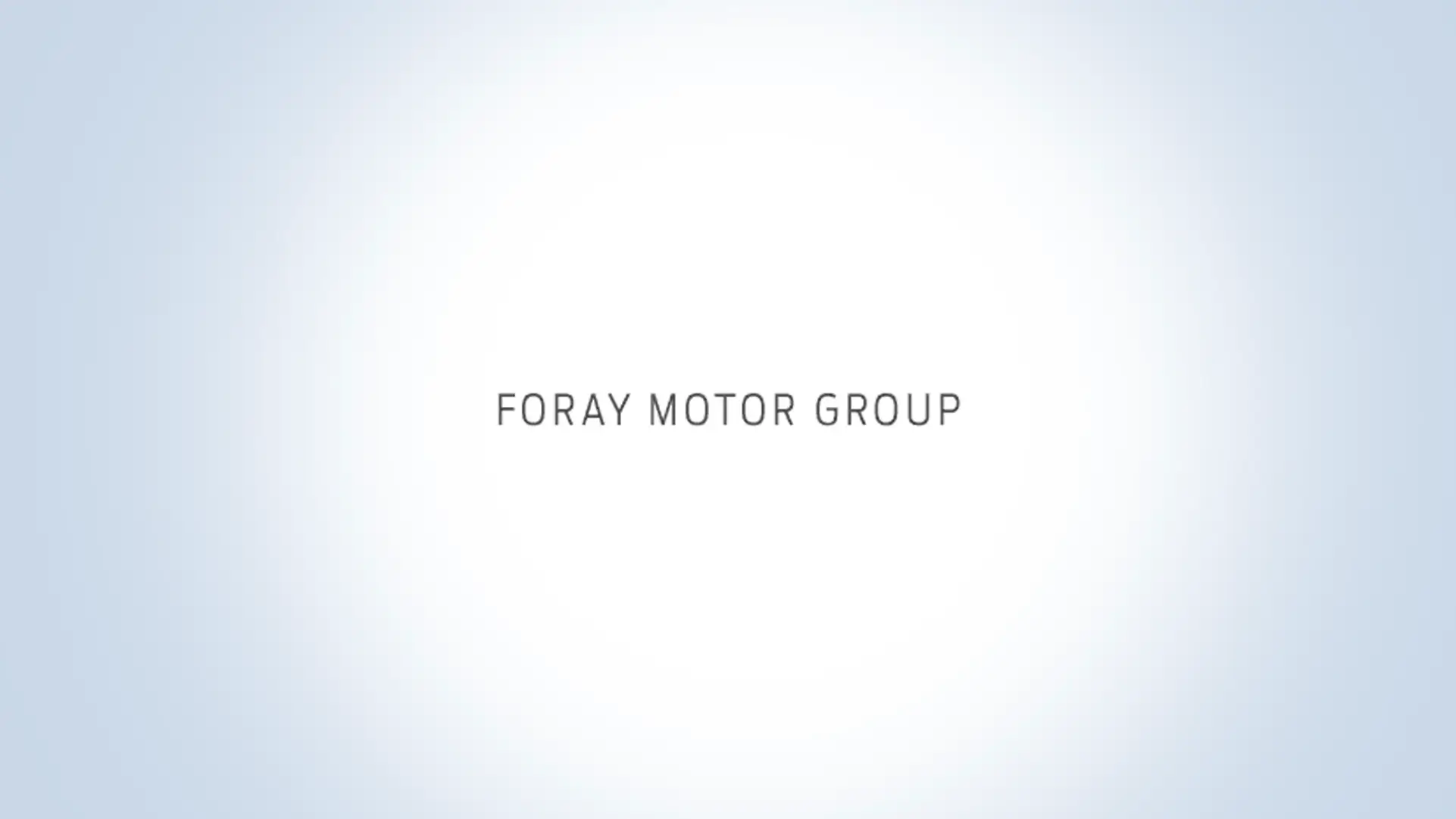

What to look for
when buying a used van
Purchasing a second-hand van is a huge investment, and making the right choice can significantly impact your business or personal needs. So, it’s essential to consider factors such as the vehicle's history, mileage, service records, overall condition, and whether it meets your specific requirements to ensure you get the best value for your money.
This article explores what to look for when buying a used van, including key considerations, essential checks, and important questions to ask.

Whether you search online, at a showroom or through a private seller, it’s important to know what to look for when buying a used van. From budgeting to size, weight, and customisation options, here are some key factors to consider.
Before you begin, set yourself a clear budget. Aside from the cost of the used van, you’ll want to factor in additional costs such as insurance, road tax, maintenance and repairs. Consider if you need any financial plans.
The size and weight of a van should be a key consideration. What is its primary purpose? Whether it's for transporting sand and cement, making deliveries, or carrying surfboards, make sure you get the right-sized van for the job.
You’ll also want to familiarise yourself with Gross Vehicle Weight (GVW) and Gross Vehicle Mass (GVM), which indicate the maximum allowable weight for a van. Exceeding these limits can result in fines and penalty points on your driving licence.
Consider whether you need certain van customisations and features, such as side-opening doors for easy access, specific colours for branding purposes, or a reversing camera for added safety on the road.
Knowing what to look for when buying a second-hand van is crucial to avoiding costly repairs. Inspecting a van thoroughly can help you spot potential issues.
Look for signs of rust on the body, roof, wheel arches, bumpers, and around the door and window frames. Push gently on rusted areas - if you hear a cracking sound, there could be deeper structural problems.


Take a look inside the van to check for damage to interior fittings and linings. Test seatbelts, locks, heaters, windows, and the radio to ensure they all work.
Test all lights, including indicators, brake lights, and headlights, as malfunctioning lights could indicate electrical issues.


Check the tyre tread depth - the legal limit in the UK is 1.6mm. Uneven wear could signal alignment, tracking, or suspension issues. Inspect the sidewalls for bulges or damage.
Test the suspension by pushing down on each corner of the van. If it bounces once and returns to normal, it means the suspension is in good condition. Multiple bounces could indicate worn shock absorbers.


Check that all electric components, including windows, central locking, radio, and dashboard controls, work properly. Warning lights on the dashboard should disappear after starting the engine.
Checking the vehicle history is key when it comes to buying a second-hand van. Checking documents like the MOT history, service records, and vehicle history can help avoid hidden issues.
The government website provides a free van history check. By entering the registration number you can look up the status of its MOT, Vehicle Tax, and Statutory Off Road Notification (SORN). It will also tell you about the van engine size, emissions, weight and type approval category, and the V5C issue date.
The MOT history provides details of past tests, mileage, and recorded faults. Check for repeated issues or advisories that might indicate potential future repairs. Ensure the recorded mileage matches the van’s odometer.
A full-service history helps determine whether the van has been well maintained. Ask for the service book or maintenance records.
There are some key questions to ask when buying a van, which can help you with your decision-making. Here are some questions you might want to ask when buying a van:
Arranging to take a used van on a test drive can help to identify potential issues. Request to start the van from cold to detect any engine problems, and before you go, make sure you have the correct insurance in place. When you are on your van test drive, look out for:
Before finalising your purchase, make sure the following paperwork is in place:
Once satisfied, obtain proof of purchase signed by both parties.
If you have run all your checks and decide to buy your used van, there are a final few steps you will need to do before driving away:
At Foray Motor Group, we understand that buying a used van can feel overwhelming. However, by knowing what to look for when buying a used van and carrying out the essential checks detailed above, you can limit any potential issues and buy with confidence. Drive away with a second-hand van that is perfect for your business or personal needs, fits your budget, and avoids costly surprises down the road!
Looking to buy a second hand car? Take a look at this article full of tips when looking for a used car.